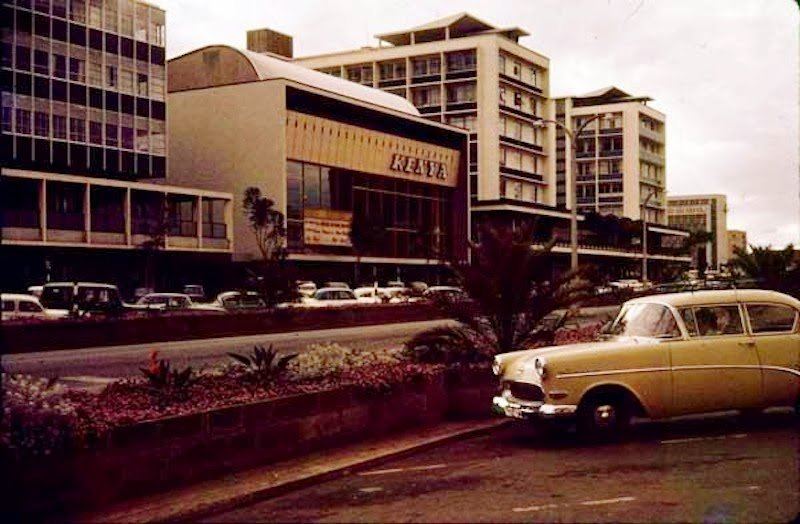Fox Theatres (E.A.) Ltd owned the 3 big cinemas in Nairobi. We have all been to them! These were the magnificent Kenya Cinema, 20th Century Cinema and Thika Fox Drive-In. Kenyans were entertained to the latest Hollywood movies in world class cinemas for more than 35 years!!
Well, all good things come to an end. Internationally 20th Century Fox changed hands in 1985. Rupert Murdoch had purchased the company from Marvin Davis for around US $430 million!
A decision was made to sell Fox Theatres (E.A.) Ltd. The business including the properties were valued around Shs 32 million. An offer was accepted at Shs 29 million in 1986. At the time this was roughly equal to US $1.8 million representing less than 1% of 20th Century Fox’s assets. But for Kenya the sale was a big deal.
The deal did not sit well with some members of parliament. In parliament they chastised the government for allowing scarce foreign currency generated from exports of coffee to pay the seller 20th Century Fox! The government argued that it was good for the company to be owned by Kenyans as foreign expertise was not essential to operate these cinemas.
Even more telling were the MPs' accusations that scarce US$ was provided to the buyer, an individual Mr S.H. Alibhai. Could the MPs' be referring to the same Mr Alibhai that partnered with Moi in various ventures including Marshalls? The assistant minister of Finance stood up in parliament and refuted that Mr Alibhai was the buyer. He said in fact US$ was provided to a private Kenyan company by the name of Piccadilly to purchase the assets. It is another story as to who the buyers were and what happened to the cinemas as the years went by!!
Interestingly the sale also included the movie distribution arm managed by Anglo American Film Distributors. Readers will recall in a previous post that barely 20 years ago, (in 1968) the government wanted the Kenya Film Corporation, a state-owned company to be the sole movie distributor in Kenya. KFC relented after 20th Century Fox closed its cinemas in protest for months refusing to give up its movie distribution segment. Well, in 1986 KFC was effectively shut out of the 20th Century Fox sale. By 1995 KFC was insolvent and there was no government bailout. But that too is another story!!








